
Reciprocating Saw vs Jigsaw: Choosing the Right Tool for the Job
When it comes to tackling DIY projects or professional tasks, having the right tools at your disposal makes all the difference. Two essential power saws that can often cause confusion for beginners are reciprocating saws and jigsaws. While they might seem similar at first glance, these saws excel in vastly different areas. Understanding their strengths and weaknesses will ensure you pick the right tool for the job, saving you time, frustration, and potentially even a trip to the hardware store.
Reciprocating Saw: The Powerhouse for Demolition and Rough Cuts
The reciprocating saw, also known as a Sawzall (a popular brand name), is a powerhouse tool designed for demolition, plunge cuts, and rough cutting through various materials. The defining characteristic of a reciprocating saw is its blade action. Unlike a circular saw or a miter saw that spins continuously, the reciprocating saw features a long, narrow blade that moves back and forth in a rapid, pushing-and-pulling motion. This aggressive action allows the saw to tackle tough materials like:
- Thick lumber
- Pipes (metal and PVC)
- Conduit
- Sheet metal
- Drywall
- Power and Speed: Reciprocating saws are known for their impressive cutting depth and ability to handle thick materials. They are ideal for quick, rough cuts where precision isn’t a major concern.
- Versatility: The reciprocating saw’s blade variety allows for cutting through a wide range of materials. Metal-cutting blades can handle pipes, conduit, and even thin sheet metal. Demolition blades are perfect for tearing through drywall or lumber during renovation projects. Additionally, wood-cutting blades can tackle thick branches or rough lumber cuts.
- Maneuverability: Reciprocating saws are generally bulkier than jigsaws due to their powerful motors and longer blades. While they can handle straight cuts, their strength lies in plunge cutting (starting a cut in the middle of the material) and demolition work.

Jigsaw: The Master of Curves and Intricate Cuts
The jigsaw, on the other hand, is a precision-oriented tool ideal for cutting curves, intricate shapes, and following tight lines. Its defining feature is the thin, reciprocating blade that moves up and down at high speeds. This vertical cutting motion allows for intricate cuts and better control compared to a reciprocating saw.
- Precision and Control: Jigsaws excel at detailed work and require less effort to maneuver due to their smaller size and lighter weight. The jigsaw’s design allows for finer cuts and following curved lines with greater accuracy.
- Material Versatility: Jigsaws primarily work with wood, plywood, and plastics. However, with specific blades, they can also handle thin sheet metal and some composites.
- Cutting Depth: Jigsaws have a shallower cutting depth compared to reciprocating saws. While this might seem like a limitation, it contributes to the saw’s maneuverability and allows for finer cuts.
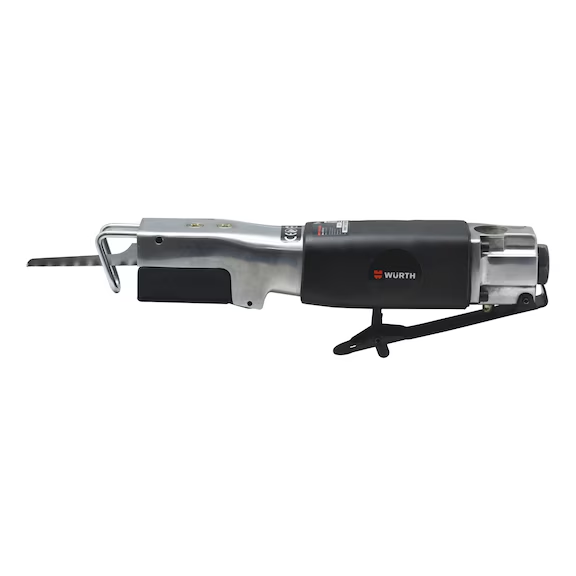
Choosing the Right Tool: It Depends on the Project
So, which saw should you choose? Here’s a breakdown to help you decide:
Use a Reciprocating Saw When:
- You need to make quick, rough cuts through thick materials like lumber or pipes.
- You’re tackling demolition projects that involve cutting through drywall, conduit, or sheet metal.
- You need to plunge cut into the middle of a material.
Use a Jigsaw When:
- You need to make precise cuts, curves, or intricate shapes in wood, plywood, or plastic.
- You require a lightweight and maneuverable saw for detailed work.
- You’re following a pre-drawn cutting line and need maximum control.

Finding Common Ground: When Both Can Be Useful
While these saws have distinct strengths, there are situations where both can come in handy. For example, if you’re installing a countertop and need to make a cutout for the sink, a reciprocating saw can be used for the rough cut, followed by a jigsaw for trimming and shaping the final opening for a perfect fit.

Additional Considerations: Beyond the Basics
Here are some additional factors to consider when choosing between a reciprocating saw and a jigsaw:
- Power: Both saws come in corded and cordless options. Consider your project location and how much portability you need.
- Blade Selection: A wider variety of blades are available for reciprocating saws, offering more cutting options. Jigsaws typically have a smaller blade selection but cater more towards intricate wood cuts.
- Dust Management: Both saws can generate significant dust. Look for models with dust collection attachments to maintain a cleaner work environment.

Portability and maneuverability
When tackling projects, especially in tight spaces, portability and maneuverability become crucial factors. While both reciprocating saws and jigsaws are handheld power tools, their designs cater to different needs in this area.
Reciprocating Saw: Power Over Precision
Reciprocating saws, known for their aggressive cutting action, prioritize power over finesse. Their larger size and heavier weight make them less ideal for one-handed operation or working in cramped spaces. However, their long, narrow blades can reach into tight spots for plunge cuts, like starting a hole in drywall for an outlet.
Jigsaw: Champion of Curves and Control
Jigsaws reign supreme when it comes to portability and maneuverability. Their compact size and lightweight design allow for easy handling and precise control. The shorter, vertically reciprocating blade navigates curves and tight corners with ease, making them ideal for intricate cuts in confined spaces.
Finding the Balance: Choosing Your Tool
If your project demands reaching into awkward areas or requires frequent changes in cutting direction, a jigsaw’s agility is the clear winner. However, for plunge cuts or situations where raw power is a priority, the reach of a reciprocating saw might be necessary.
Beyond Size: Additional Considerations
While size and weight are key factors, consider these additional points:
- Grip Design: Look for a saw with a comfortable, ergonomic grip that allows for better control, especially on longer cuts.
- Cordless Options: Cordless versions of both saws offer ultimate portability, freeing you from the constraints of an outlet’s location.
By understanding the strengths of each saw in terms of portability and maneuverability, you can select the right tool to conquer those tricky cuts and complete your project with confidence.
Ultimately, the best tool for the job depends on the specific needs of your project. Understanding the strengths and limitations of reciprocating saws and jigsaws will empower you to make informed decisions and accomplish your DIY tasks or professional projects with greater efficiency and precision.




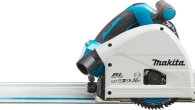


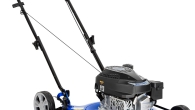

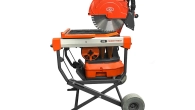
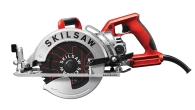

Leave a Reply